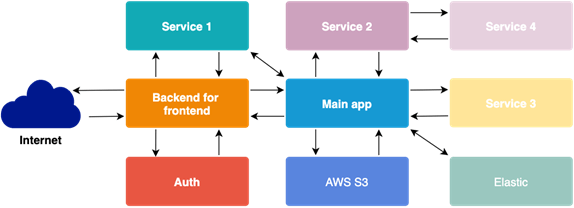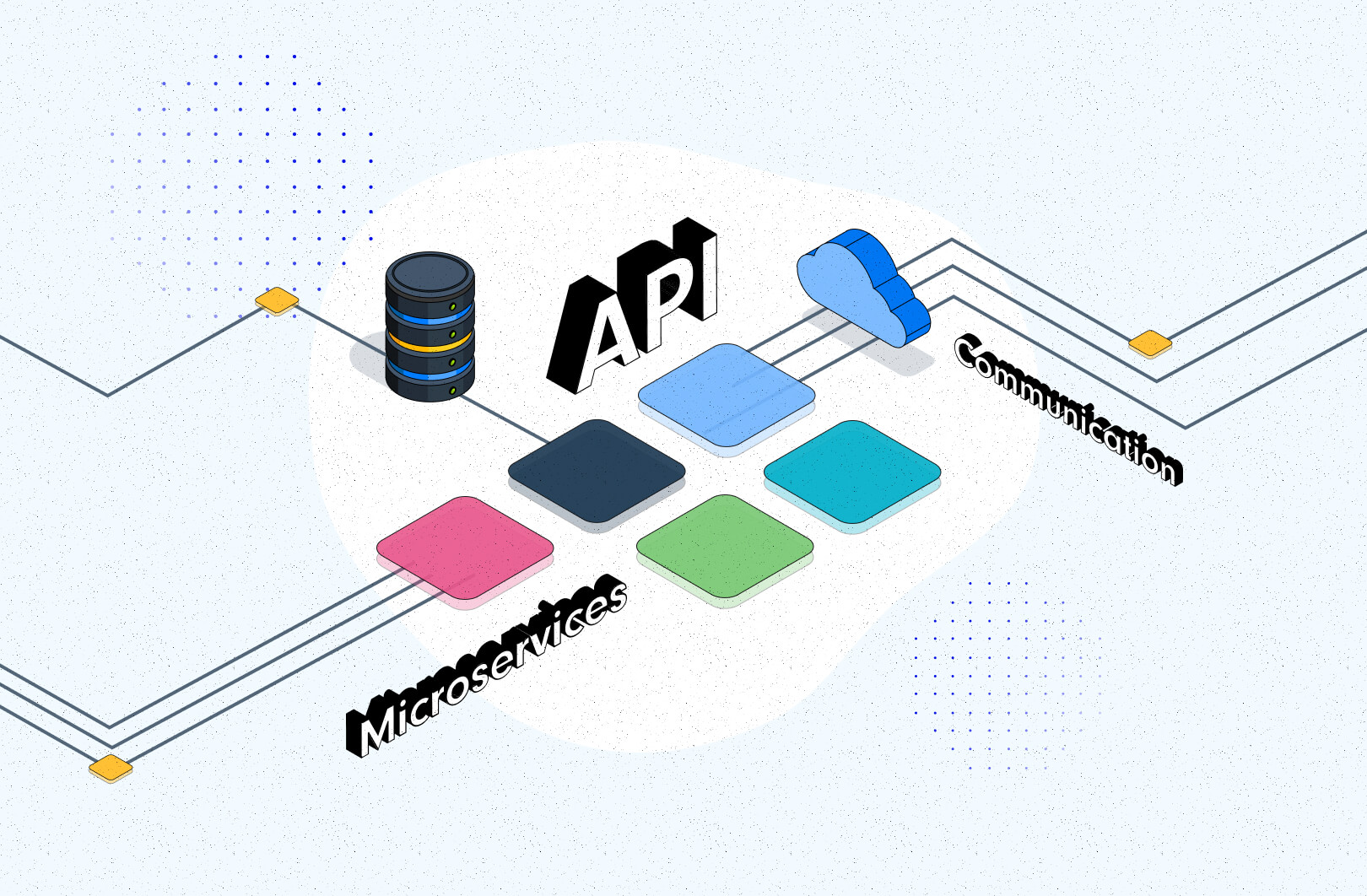Microservices are becoming more and more popular, owing to their great potential benefits in scalability and performance. But many still hesitate to implement them. They aren’t entirely mistaken. Microservices can be a great choice but only in specific cases. And the communication in event-driven microservices architecture requires special programming patterns to work efficiently. We’re covering all of that today.
Have you ever considered microservice architecture as your main choice for an upcoming or existing project? Many of us have heard about microservices as they remain a very popular topic in the IT world. So what’s holding you back from making that decision?
Maybe you simply aren’t sure how to get started with them or what difficulties you might encounter? For sure, one of the crucial aspects of microservices is communication, and we will focus on it.
I hope that throughout the course of this article, I will be able to dispel some myths regarding this topic and when you face this choice again, it will be easier for you to go for microservices (of course, that is, if you really need them).
Before we go into the details of inter-service communication in microservices, let’s quickly define what the microservice architecture actually is and what it looks like.
According to a fairly general definition, it is a way of designing applications as groups of services that we can implement independently of other services.

Microservices architecture
We divide services into groups that correspond to specific business processes. Designing web applications with principles such as loose coupling and decentralized management enables us to reliably deliver even the most complex ones.
#architecture #development #microservices #software
